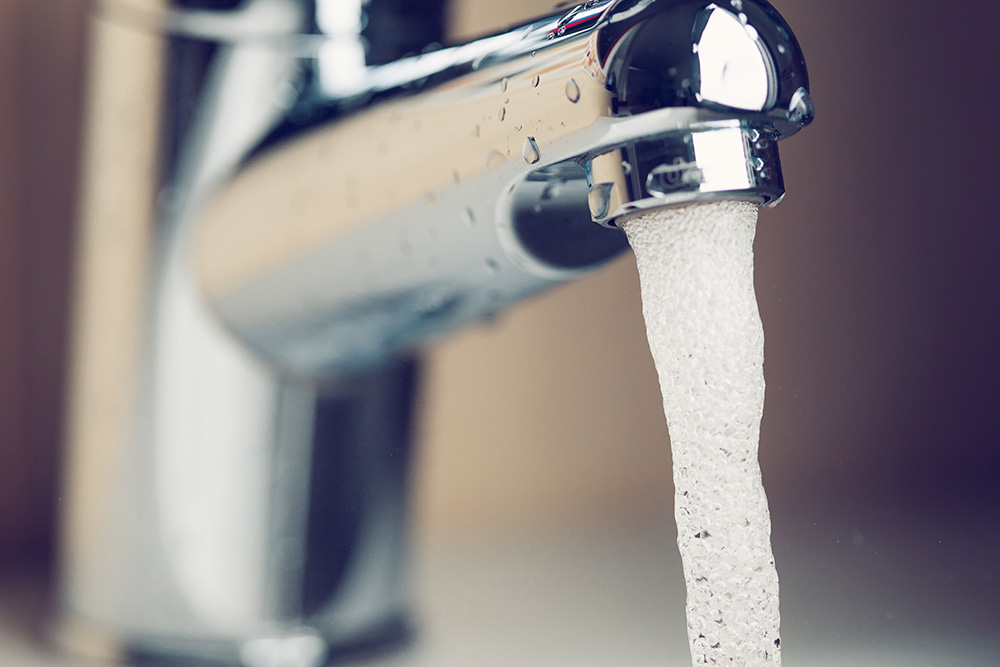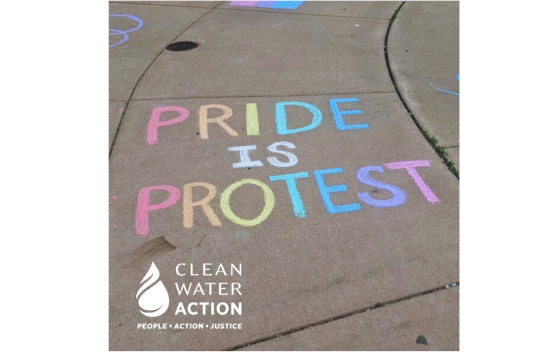
Water is essential and invaluable—without water there is no life—yet how often do any of us consider its value in our lives? This morning when I woke up the first thing I did was use the toilet. The second thing I did was wash my hands in the bathroom sink. The third thing I did was fill a kettle with water from the kitchen tap to make pour-over coffee. The fourth thing I did was drink a glass of chilled tap water. Everything I did in the first five minutes after getting out of bed this morning would not have been possible without water and the critical infrastructure that delivers it to my home.
Yet most of us never think about how water is delivered into our homes, or where that water comes from, until a pipe delivering water into our house breaks or until we are told our water is unsafe to drink. And water mains do break —on average every two minutes—and many more are over 75 years old and should be replaced. Our water infrastructure is aging and failing and it will take an estimated $4.8 trillion in investment over the next 20 years to repair it.
In addition to aging infrastructure, we also face challenges when it comes to securing and protecting our drinking water sources. One challenge is agriculture pollution. For example, nitrogen and phosphorous in fertilizer spread on crops in the Midwest run-off into downstream rivers that feed into the Great Lakes contribute to toxic algal outbreaks, like the 2014 outbreak in Toledo, Ohio that contaminated the drinking water for 500,000 people. Another challenge is the threat from chemicals or toxic waste that is stored near rivers or in floodplains. In 2014, a tank containing the chemical foaming agent MCHM spilled into the Elk River in West Virginia, contaminating the drinking water for 300,000 Charleston residents. Also in 2014, a Duke Energy coal ash pond in North Carolina failed and spilled toxic metals like lead, mercury, and arsenic into the Dan River, forcing water utilities downstream to close their intakes to prevent contamination of drinking water supplies.
While most of us cannot imagine a day without water, there are communities across the country that have lived, and are living, without safe and reliable water. And many more of us currently rely on water that is vulnerable to pollution from development, population growth, mining, oil and gas drilling, sewage spills, and other future known and unknown threats.
When we go to the polls on November 6th it is critical to support candidates committed to both robust investment in water infrastructure and to solving pollution challenges that threaten our drinking water sources. Check out our Clean Water Scorecard to see how your U.S. Representative and U.S. Senators have voted on critical clean water legislation in the past. And vote on November 6th like your life depends on clean and safe water, because it does!


